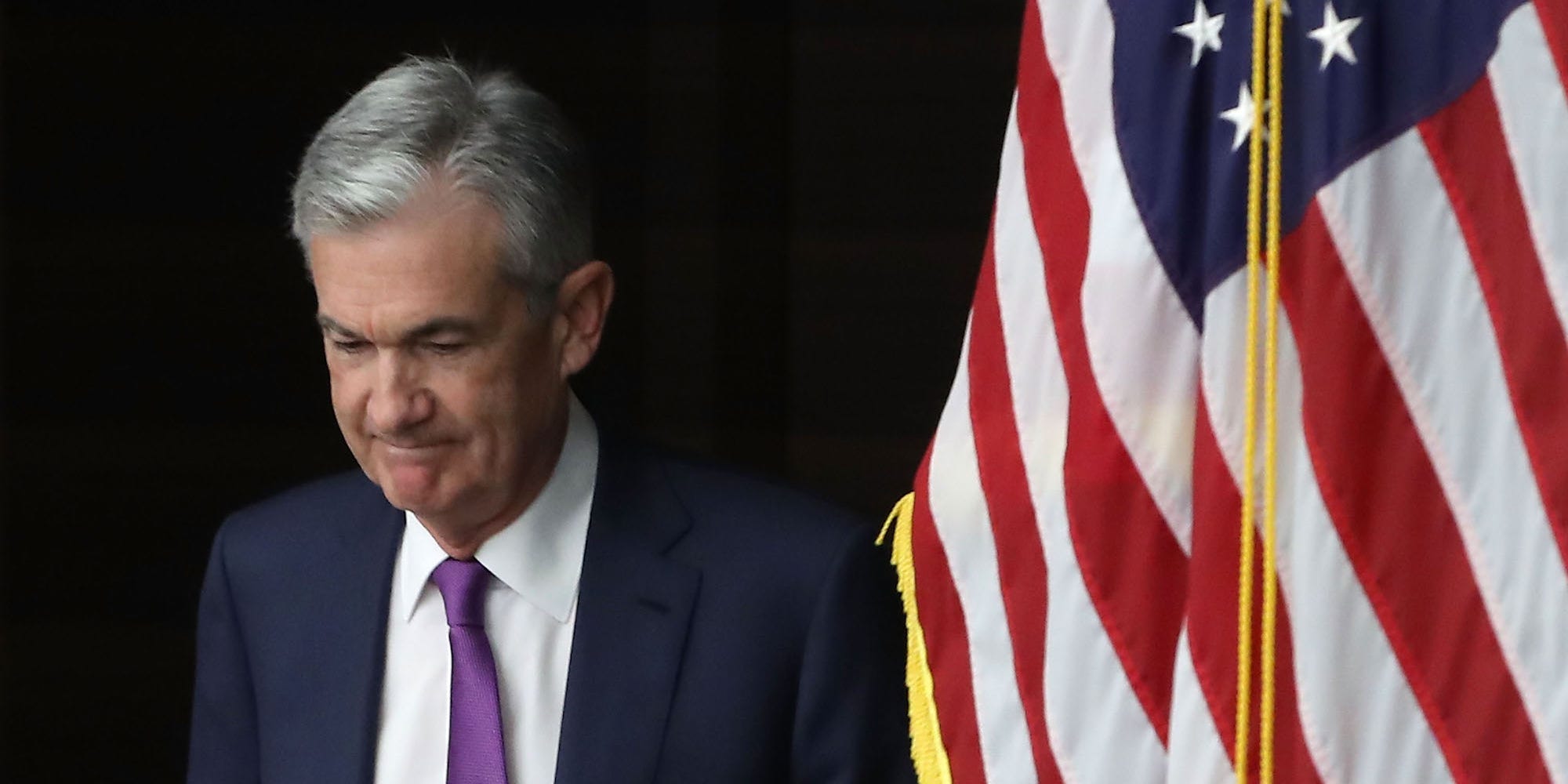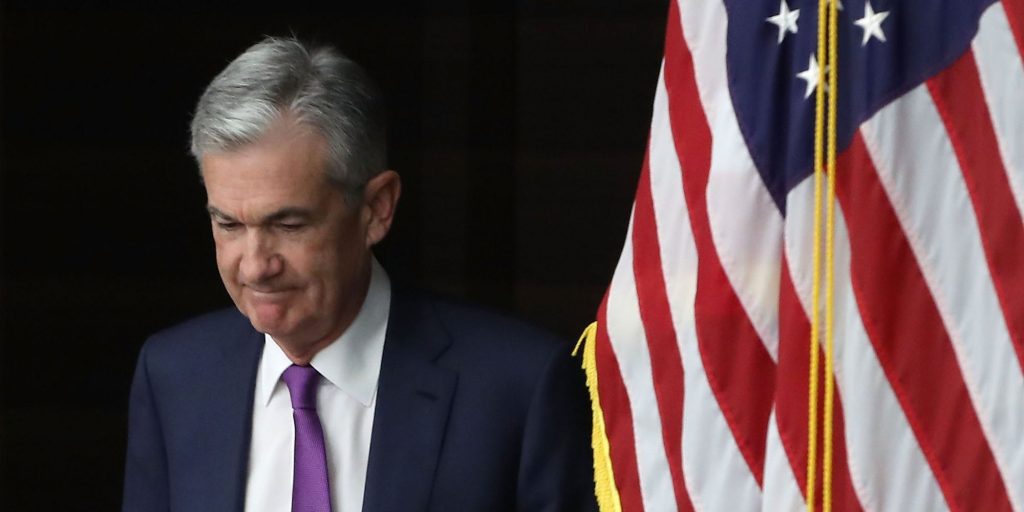
Photo by Mark Wilson/Getty Images
- Record-high quits and slow hiring have raised concerns of a weak labor market. The opposite is true, Jerome Powell said.
- The "Great Resignation" is temporary, and it's leading to an even healthier economy, he said.
- Here are three reasons the wave of quits is giving way to a stronger labor market, according to the Fed chair.
Some have called it a labor shortage. Others say it's a "Great Resignation." Whatever it is, Federal Reserve Chairman Jerome Powell said Wednesday that it's good for American workers.
Almost 8 million Americans remain unemployed, and hiring over the past two months was disappointing. Job growth slowed to its weakest pace of the pandemic recovery, and Americans quit their jobs at record pace. But there's also more than 10 million job openings, and Powell was highlighting good news for workers in a Wednesday press conference.
There's "still ground to cover" toward reaching full employment, but phenomena showing up throughout the economy point to healthy trends, Powell said in a Wednesday press conference.
Here are three reasons the "Great Resignation" is what a good market for workers looks like in 2021 and beyond, according to the Fed chair.
1. Workers aren't quitting, they're upgrading
When asked specifically about the "Great Resignation," Powell was quick to note the wave of quits wasn't as ominous as it seems. Millions of Americans left their jobs, but many are going to other ones with better pay, he said.
Wage growth picked up sharply during the pandemic as businesses scrambled to rehire. Many of the boosted wages were for job switchers instead of those staying put. Americans are simply capitalizing on the pay bumps and moving into better positions, Powell said.
"That's a sign of a strong labor market, as opposed to people just running off and quitting," he added.
2. Retirements are catching up to their trend
Roughly 1.7 million Americans retired ahead of schedule and left the workforce for good during the COVID crisis, according to The New School's Schwartz Center for Economic Policy Analysis. Combined with typical retirement trends, and it's likely that millions of workers have permanently left the labor market.
Yet that might just make for a more normal economy, Powell said. The last economic cycle saw labor force participation surpass its historical trend. That was partly because workers stayed in the workforce and weren't retiring as expected, Powell said.
"Maybe this was just catch-up on that," he said, referring to the pandemic-era wave of retirements. Powell was open to the idea that retirement is going back to a healthier level than the last decade-and-a-half.
3. The post-pandemic economy will take time to form - and that's okay
The participation rate has stalled after recovering about half of its pandemic loss, but that shouldn't be cause for concern, Powell said. The rate is "more flexible" than measures like the unemployment rate or monthly job growth. Trying to forecast how participation will recover is therefore much more difficult.
"You won't know what can happen with labor force participation in advance. You are just going to have to give it some time," Powell said.
The Fed still expects participation to "pick up" as the recovery powers forward, he added. The pace that participation rises is uncertain. But as the post-pandemic labor market takes shape, policymakers will be better equipped to push for full employment, Powell said.
"We are just going to learn more and more," he said. "It's a different world in so many ways, and we are very open to that."

